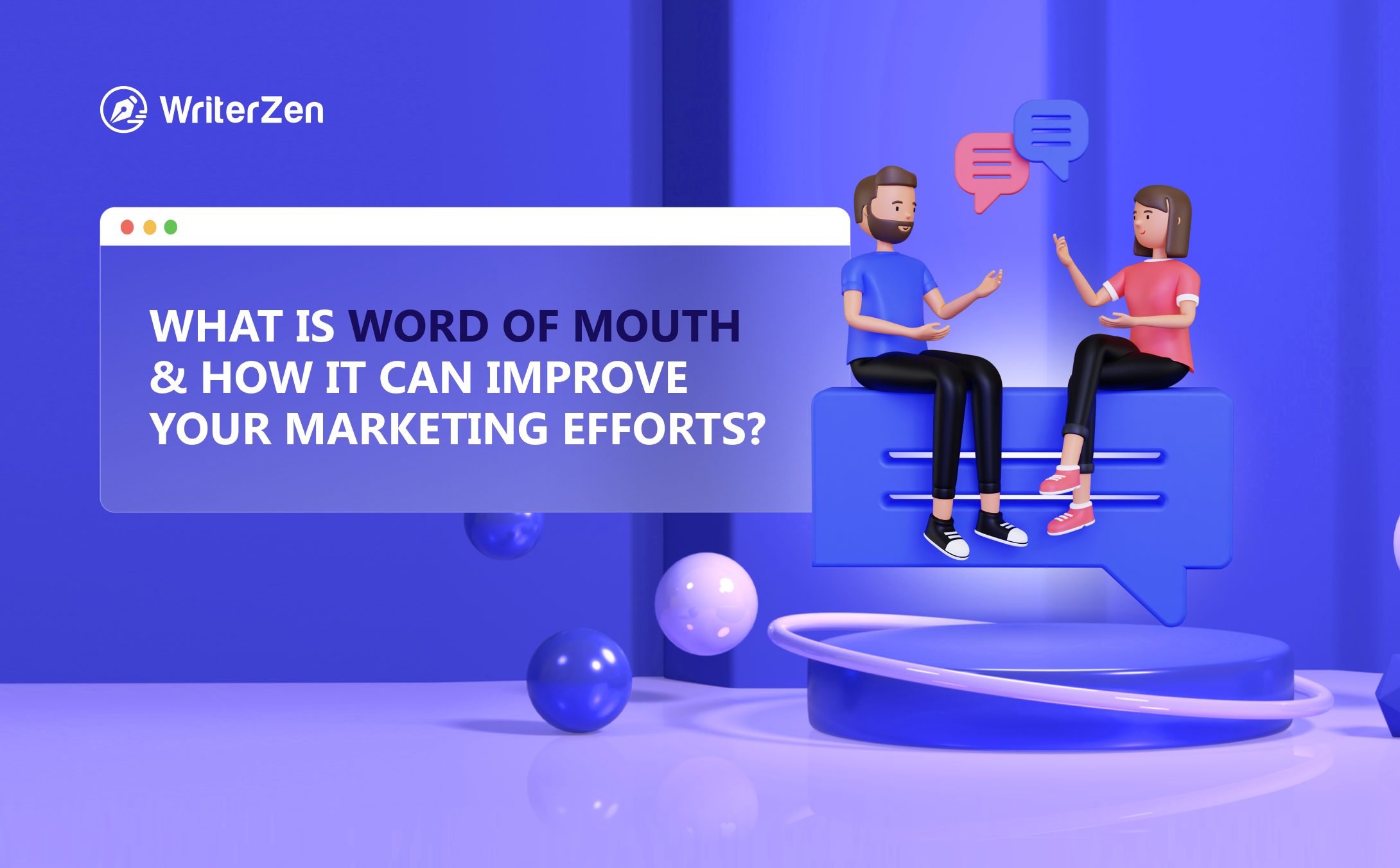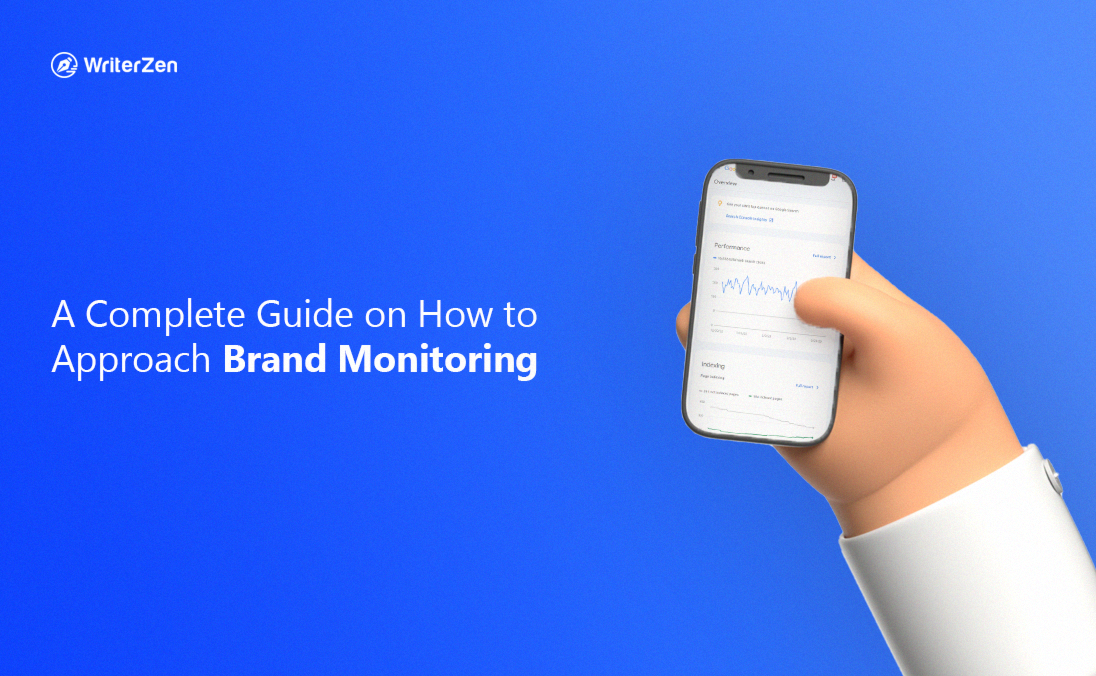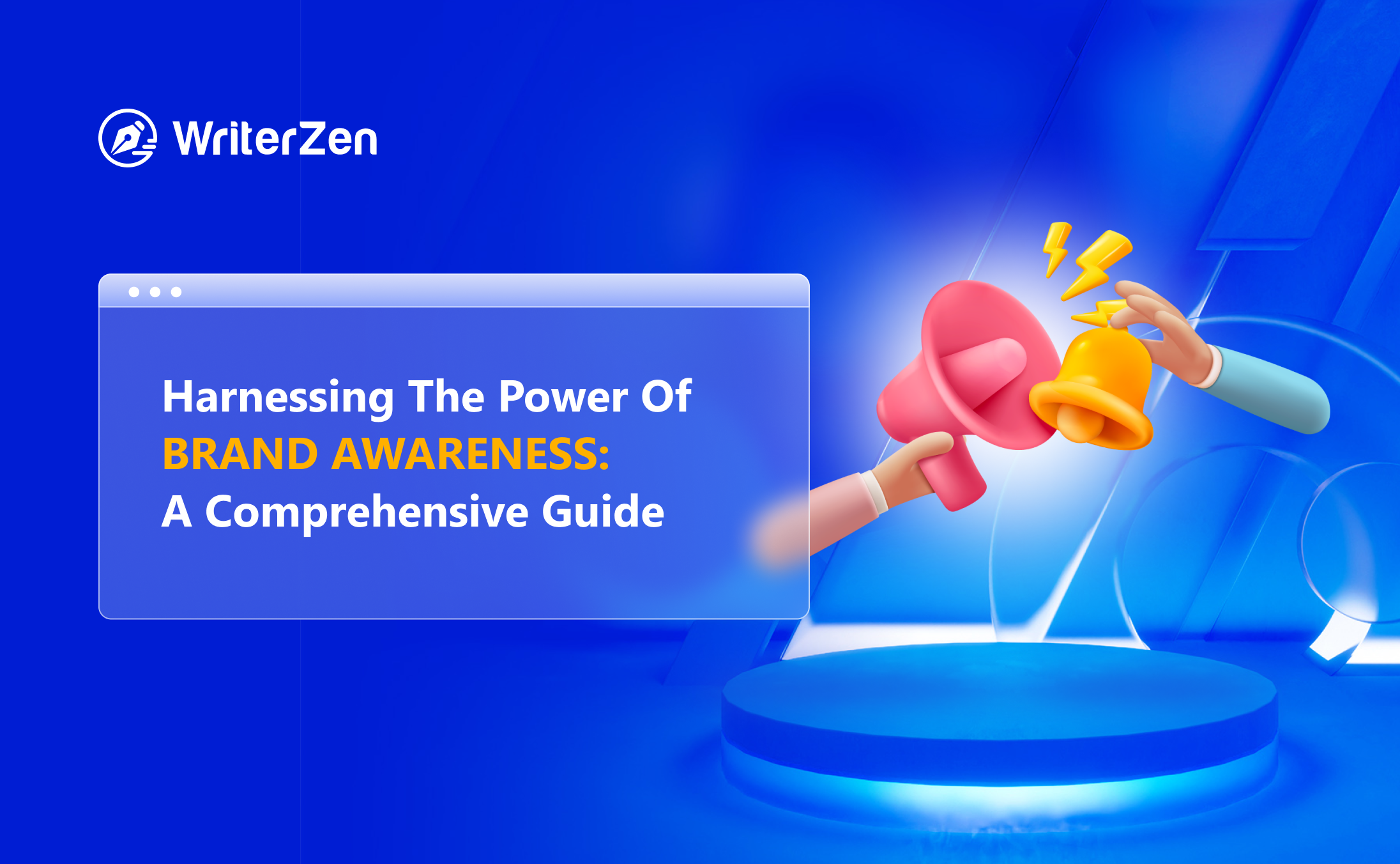You may have heard the term "word of mouth" thrown around frequently. It's not just a buzzword; it's a powerful marketing tactic that can make or break a business.
In this guide, we'll delve deep into word of mouth, exploring its importance, measurement techniques, and examples to showcase its tremendous impact on your marketing efforts.
Definition of Word of Mouth
Word of mouth (WOM) relies on the organic spreading of information about a product, service, or brand from person to person. It's the age-old process of sharing recommendations, opinions, or experiences, and it has been amplified and transformed in the digital age with the rise of social media and online communities.
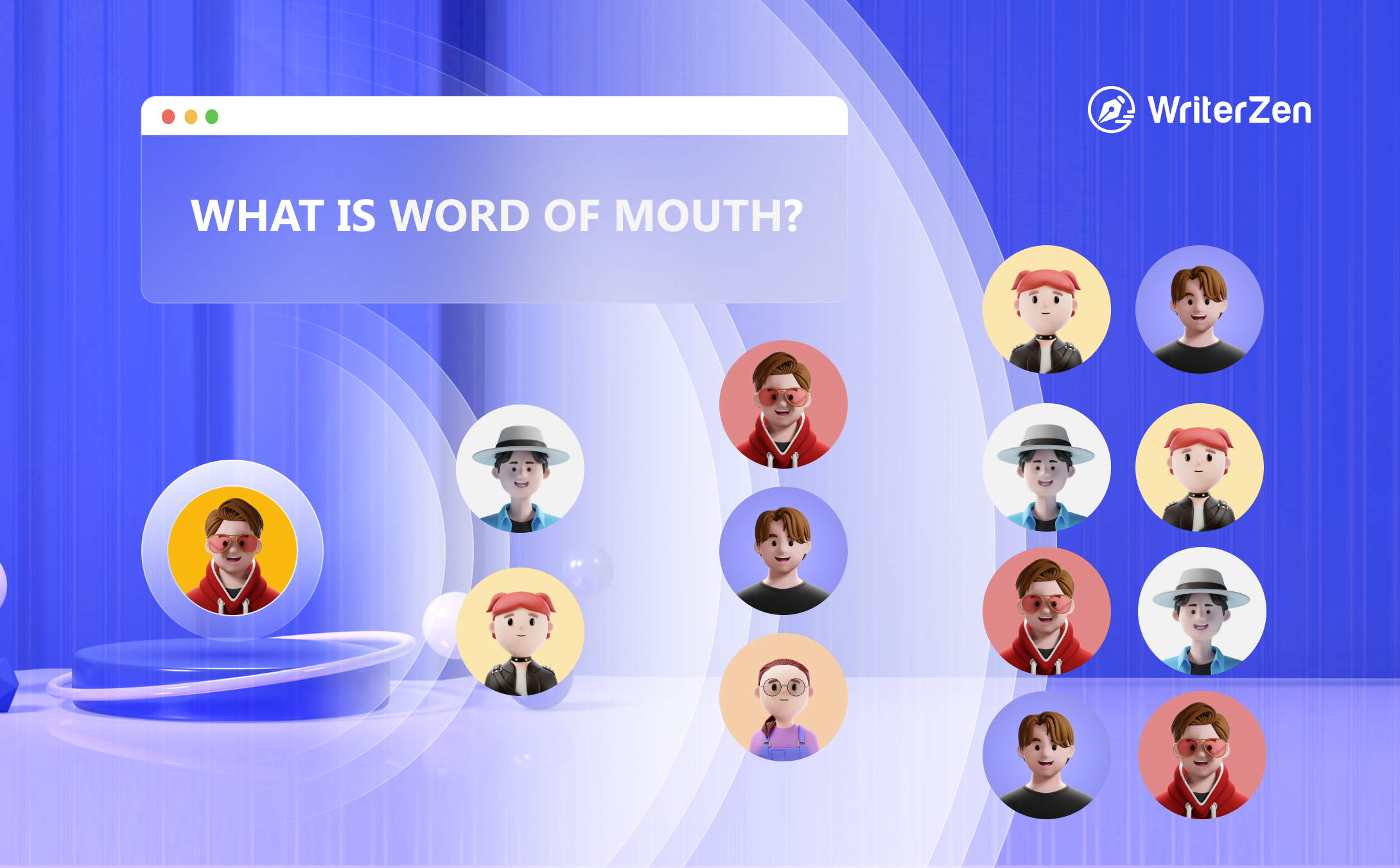
Why Is Word of Mouth Important in Marketing?
Credibility and Trust
A recommendation from a friend, family member, or a trusted source carries more weight than traditional marketing methods. People are more likely to trust the opinions of their peers rather than conventional marketing messages.
Cost-Effectiveness
Word of mouth is a cost-effective marketing strategy for small businesses with limited budgets. Instead of spending large sums on marketing, companies can focus on delivering exceptional products or services that encourage customers to spread the word.
Reach and Amplification
In the digital age, a single positive referral can reach a vast audience within minutes, thanks to social media. A viral recommendation can significantly boost brand visibility and attract new customers.
Long-Term Impact
Satisfied customers become brand advocates, continuously promoting your business. In the long term, this leads to a sustained, long-term impact that extends well beyond the initial marketing efforts.
Types of Word of Mouth
Here are example methods that can be effective in generating buzz and spreading positive recommendations:
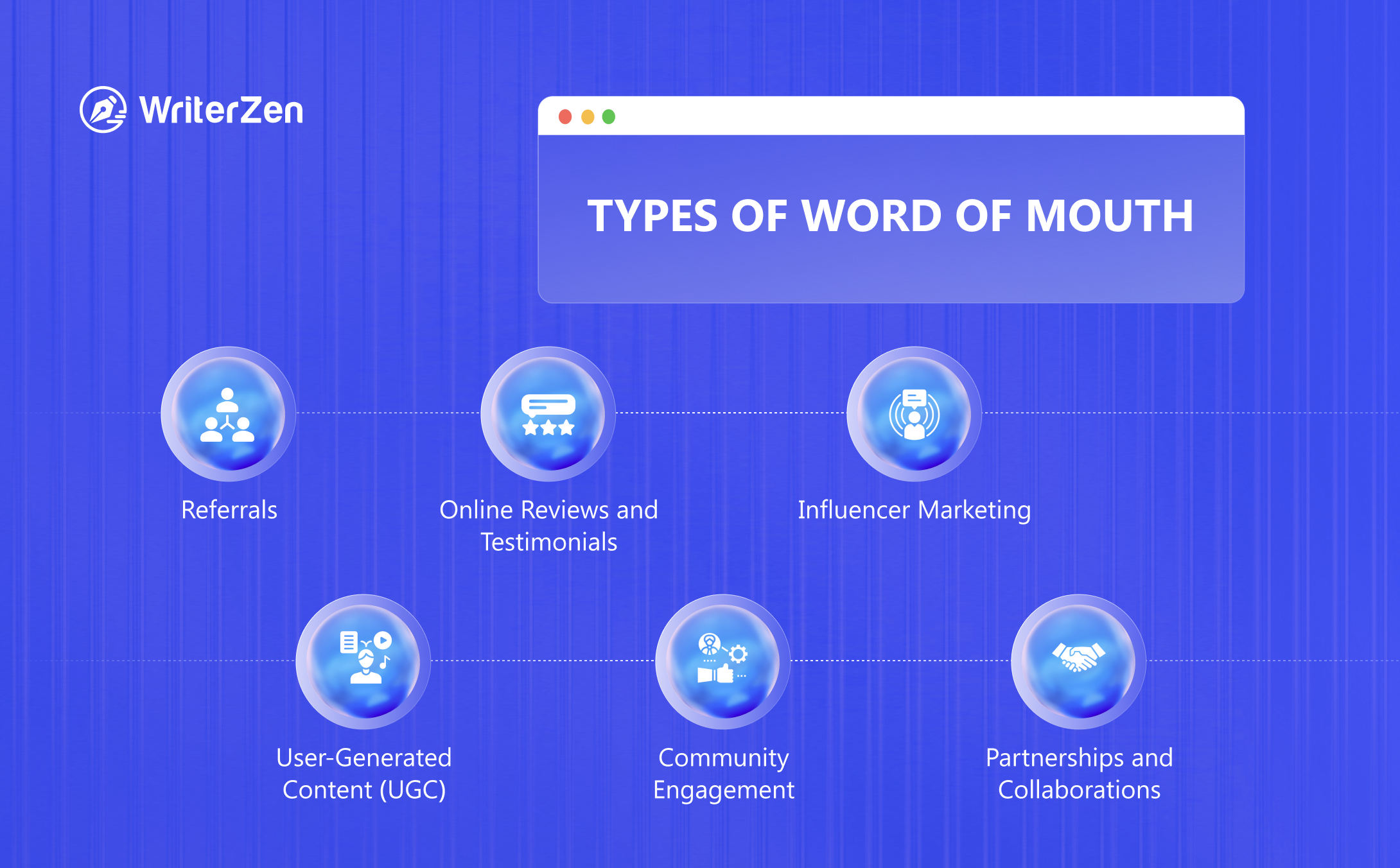
Referrals
Encourage satisfied customers to refer their friends, family, or colleagues to your business. Offer incentives, such as discounts or rewards, for successful referrals. This method not only leverages word of mouth but also helps you acquire new customers.
Online Reviews and Testimonials
Request reviews and testimonials from your customers and make it easy for them to share their feedback on review platforms, your website, or social media. Positive reviews act as social proof and influence potential customers to choose your products or services.
Influencer Marketing
Collaborate with influencers or industry experts with a significant following and influence in your target market. Their endorsement or review of your product can generate word of mouth among their followers and increase brand visibility.
User-Generated Content (UGC)
Encourage your customers to create and share content related to your brand. Photos, videos, or written testimonials showcasing their experiences with your products or services.
Sharing UGC on your social media platforms or website can also inspire others to engage with your brand and generate organic word of mouth.
Community Engagement
Actively participate in relevant online communities, forums, or social media groups where your target audience interacts. Provide valuable insights, answer questions, and engage in conversations.
By establishing yourself as a knowledgeable and helpful presence, you increase the likelihood of positive word-of-mouth recommendations.
Partnerships and Collaborations
Collaborate with complementary businesses or influencers to create joint campaigns, giveaways, or co-branded content. By tapping into their existing audience and sharing resources, you can amplify your reach and generate word of mouth within their networks.
Remember, these methods work best when combined with a focus on delivering exceptional products or services. Prioritize customer satisfaction, provide value, and create memorable experiences to ensure that word-of-mouth recommendations are positive and impactful.
How to Measure Word of Mouth
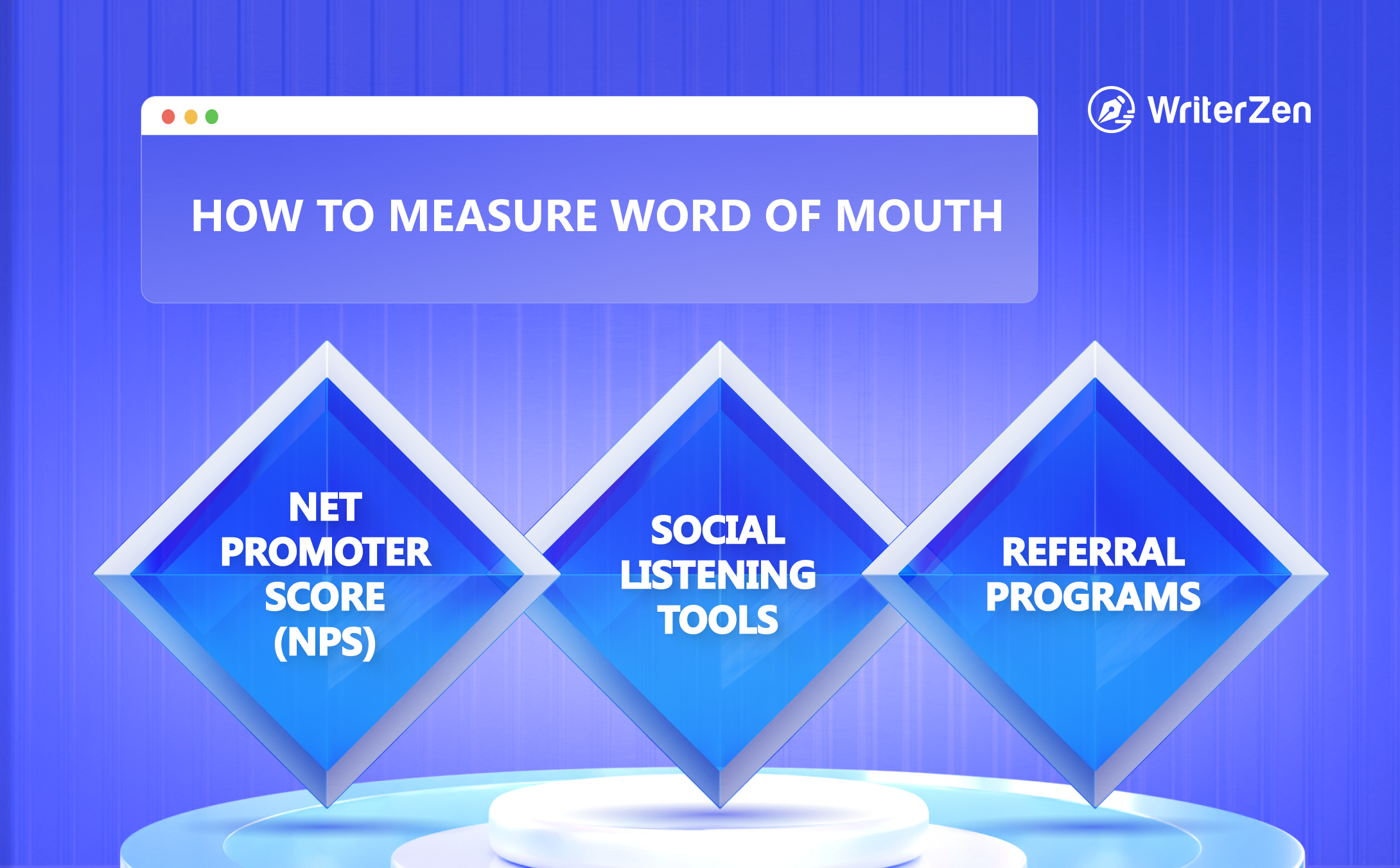
Net Promoter Score (NPS)
NPS is a metric to gauge customer loyalty and satisfaction. It asks customers how likely they are to recommend a product or service to others on a scale from 0 to 10.
Those who give high scores (9-10) are effective promoters, while low scores (0-6) identify detractors.
The NPS is calculated by subtracting the percentage of detractors from the percentage of promoters.
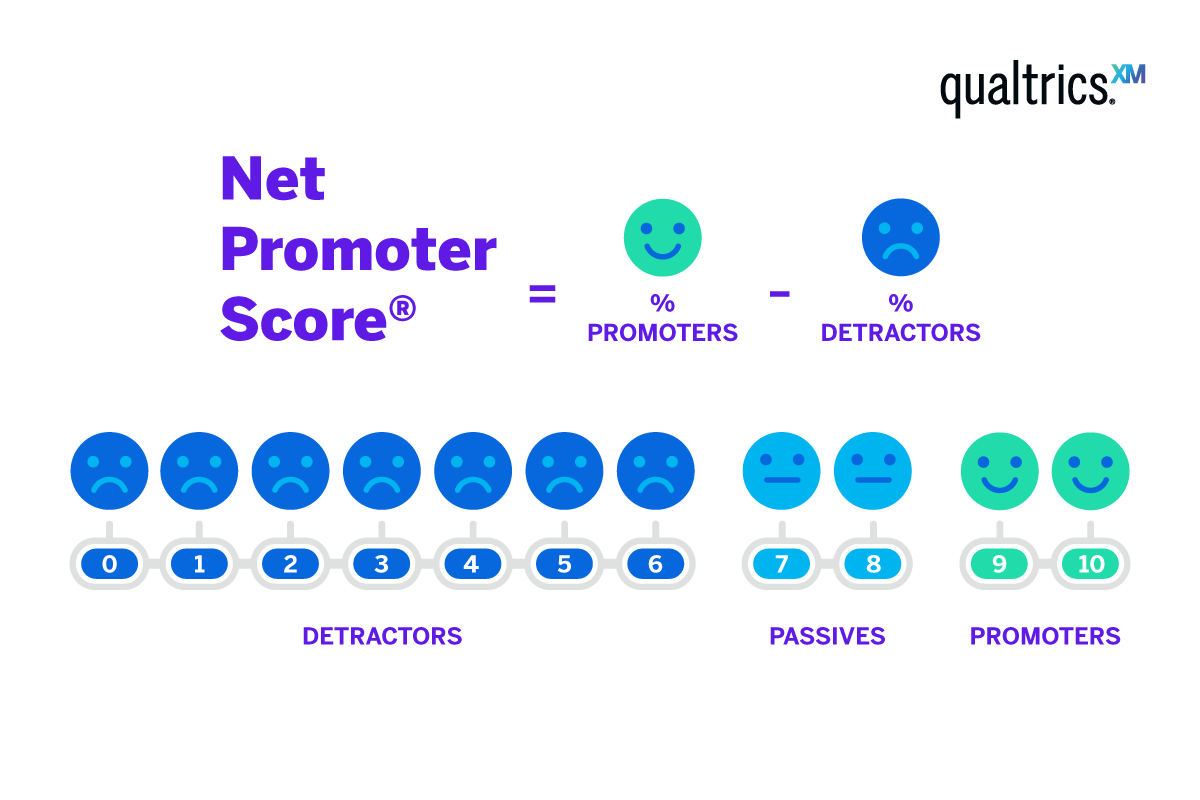
Source: Qualtrics
Social Listening Tools
Utilize various social media monitoring and analytics tools to track mentions, sentiment, and engagement related to your brand. This data will help you understand how your brand is perceived and the extent of WOM discussions.
Referral Programs
Implement referral programs that offer incentives to customers who refer others. By tracking the success of these programs, you can quantify the impact of word of mouth on your business.
Final Thoughts
Word of mouth can have a profound impact on your business. It builds credibility and trust and amplifies your reach. You can track and optimize your word of mouth efforts by utilizing measurement techniques like NPS and social listening tools to encourage customers to become brand advocates naturally.


